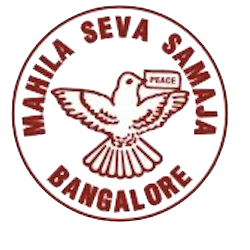About us
One of the oldest English Medium Schools in South Bangalore, Mahila Seva Samaja ( MSS) continues to provide quality learning enhanced by modern infrastructure in keeping with the demands of a dynamic world.
What began in 1913 as an organization with noble intentions supported by a spirit of sisterhood and women empowerment, has bloomed as an educational institution that inculcates a tradition of selfless service and imparts education which inspires practical action throughout life.
Emphasis is laid on instilling values, building character and sculpting personalities ready to face the challenges of tomorrow with ease and complete confidence. The Heritage Hall is a window to the School’s glorious past, showcasing a collection of rare photographs of luminaries and important visitors.
Vision
“Continuous pursuit of excellence through wholesome education for life”
Mission
To provide wholesome education. By wholesome we mean an education which provided Wealth of Knowledge preserving our Heritage providing Outstanding facilities imparting a learning for life, developing excellence in all spheres, building the true spirit of sportsmanship, inculcating organizational skills, motivating talents and empowering the younger generation through the most powerful tool of education.
Aims & Objectives
The institution was founded on the following principles
Teaching and training of women for literacy and self-reliance.
Helping the needy and taking up other philanthropic activities towards creating a better society.
Creating awareness of work done for women and children by this institution
Providing a suitable environment where women and children can nurture their skills further.
Our History
Mahila Seva Samaja was founded in 1913, Our school is one of the oldest educational institution of Bangalore, imparting quality education in English to girls and boys.
Starting at a time, when educating women was unheard of Mahila Seva Samaja strove hard not only to teach but also helped women get training in professions like nursing, weaving, tailoring etc, Some women, past their prime were educated in adult education classes of the school and later on employed in the school as teachers. Reaching the under privileged and the needy was the aim of this intuition. Donations are not collected from the parents and the school is run by a set of Dedicated women on an honorary basis for the welfare of the school.
Keeping with the trends in modern education, Mahila Seva Samja is trying to meet the needs of todays children by providing as any facilities as possible, while keeping with the earlier traditions as well. The school strives to provide quality education for the all-round development of a child.
It is a matter of great pride for the school that Mahatma Gandhi visited the school twice, first in the year 1927 and later in the year 1934. A large number of women were so moved and inspired by his words that they spontaneously donated their personal jewellery to help the cause of the freedom struggle.
Smt. Sarojini Naidu also visited the school twice and even delivered a lecture on women in 1934. Other visitors include the Yuvarani of Mysore and members of the royal family, Smt. Indira Gandhi, Smt. Lakshmi Menon, Amt. Aruna Asaf Ali, Mrs Margaret Cosuins and Smt. Vijayalakshmi Pandit, then Governor of Maharashtra.
Over the years the institution has worked slowly, steadily and silently towards the welfare of women and children in different spheres, tackling social problems as they arise from time to time.
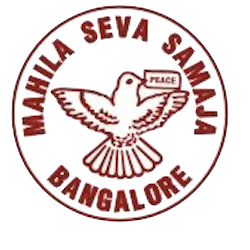
Our Founders
From 'Abala' (Deprived) to 'Sabala' (Empowered)
It is impossible to talk about the Samaja without introducing Parvatiamma Chandrashekara Iyer, Rangammal Aravamuda Iyengar, IKamalamma Dasappa and K.S. Seethamma, the four pillars who created and nurtured it over several years. It is important to understand these stalwarts and their roots and thoughts, in order to appreciate the value system, objectives and the culture of this organization.
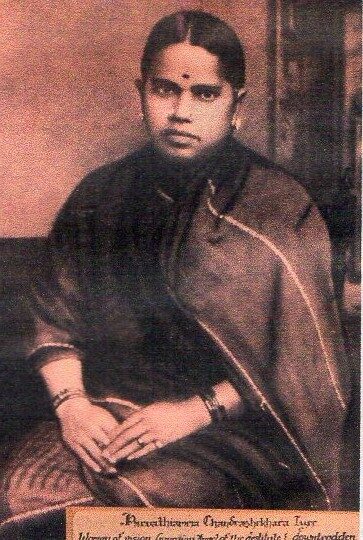
Parvatiamma Chandrashekara Iyer
'Ammavaru' - the Compassionate
When she was ten years old, a young Parvati had been married to the second son of the Dewan Peshkar of Cochin State. Even as a young girl, she had watched her widowed mother’s struggle to care for her family.
The travails of early childhood and the loss of her parents left a lasting impression in the mind of the young girl. But Parvati was made of sterner stuff and the trying experiences developed qualities of self-reliance and a sense of responsibility.
After her marriage to Sri Chandrashekara Iyer, Parvatiamma set up house and became a model wife, respected and admired by her husband’s family for her intelligence, good judgment and compassion. She supported her husband in his ascent to the position of the Chief Justice of the Court of the princely state of Mysore.
Meanwhile, she also developed a desire to educate herself and devote time to learning and acquiring knowledge. Her education and a tough childhood made her deeply sensitive to the suffering of others.
With the encouragement of her husband Parvatiamma decided to give shape to her ideas and started the Seva Sadan Society now better know as Mahila Seva Samaja on Oct 1st 1913 in Bangalore. The aim of this society was to improve the plight of oppressed women which later on turned into an English medium School for girls.
The Gentlemen sympathizers
While the women ruled the roost, there were a significant number of men, who stood as backbone to this hardworking team of women. They were affectionately called as the
Gentlemen Helpers’ Committee.
In the initial years, there were twelve members assisting the core management council. In the first year, Dewan Bahadur G.S.Chakravarti was the President of this committee and the members included Justice K. S. Chandrasekhara Iyer, Rao Bahadur M. Shama Rao, Mr. K.Chandy, Sri. M. Ramachandra Rao and Mr. D. D. Kanga.
The women were empowered enough to conceive a vision and implement strategies towards that, yet they did not allow their egos to restrict involvement from men. The women sought ideas, but were discerning enough to decide when to accept or reject a suggestion. It was an inspiring and balanced mix of reliance and independence.
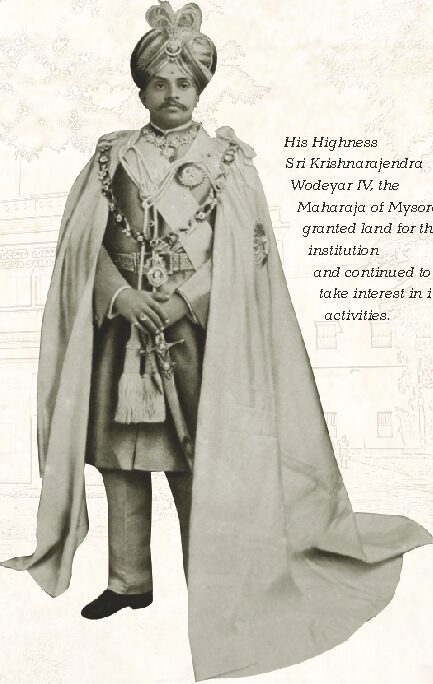
His Highness Sri Krishnarajendra Wodeyar IV, the Maharaja of Mysore
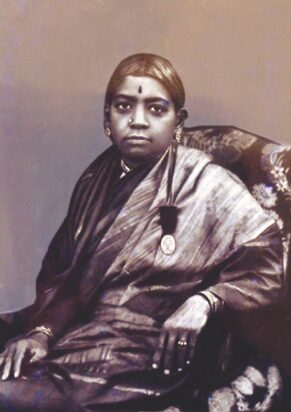
Rangammal Aravamuda Iyengar
The modest benefactor
The daughter of A. Rangaswami Iyengar, Revenue Commissioner of the erstwhile princely state of Mysore, Rangammal was married to Sri. G. Aravamuda Iyengar, who later became the Chief Secretary of Mysore. Though she was born in a well-to-do family and married into another family of equal status, she was a humble person with a soft corner for unfortunate women, particularly young widows, whose lives, about a century ago, were harsh and filled with misery.
She found a kindred spirit in Smt. Parvathiamma Chandrashekhara Iyer and together they worked to uplift oppressed women and to help better their lives through education and training in craft. As a co-founder of the Samaja and its first Secretary and Treasurer, Smt. Rangammal, with her financial acumen and charitable nature was instrumental in laying a firm foundation for the Samaja in its initial stages. She was a regular donor, who made generous contributions of utilities such as furniture, books, clothes, silver articles and cash. She was awarded the Public Service Medal and Killats by His Highness, the Maharaja of Mysore.
The intrepid educationist
The young 19-year-old mother of two little girls, aged two years and eight months, watched helplessly as the rushing waters of the Kabini river swallowed her 25-year-old husband on his birthday and with it the happy, comfortable life that was to be
theirs. Kamalamma’s husband Hadya Dasappa was on his way to becoming a Government official at a higher level with a brilliant career when his life was cut short by this tragic accident. Her future would have become desolate, but destiny had other plans.
Kamalamma’s father decided to give her an English education and admitted her into Maharani’s High School. She studied in Madras (now, Chennai), under Dr. Sarvepalli Radhakrishnan and became the third woman graduate of the Mysore State.
Parvathiamma found in Kamalamma the ideal teacher for the Samaja. During her long association of nearly four and a half decades from 1920-1965 with the Samaja, Kamalamma Dasappa introduced many innovative schemes such as the Special English Middle school, Special Morning school and a co-education schooling system.
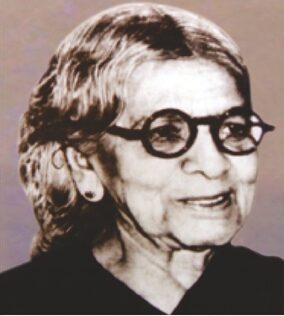
Smt. Kamalamma Dasappa
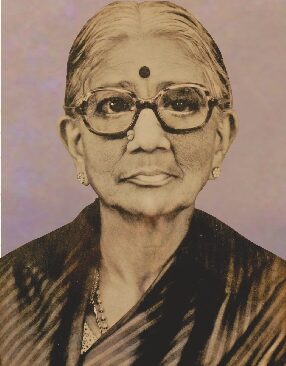
Smt. K. S. Seethamma
A firm believer in education for all
Seethamma joined Samaja as a Science teacher when the High School had just been started. For fifty years she taught with the same passion and dedication, a perfect model of a Science teacher. She was a stickler for scientific accuracy and attention to detail, whether it was about handling lab equipment or labeling a diagram.
The same disciplined and meticulous approach marked her administration as the Head Mistress. She developed a successful rapport with the officials of the Department of Education, who in turn supported her. She was affectionate and treated all the students with love, care and concern. Having been a good sportswoman herself she encouraged sports activities in the Samaja to the fullest.
Seethamma took over the reins after Kamalamma’s demise. Being an excellent administrator and reformist, she established the Samaja as a premier educational institution between 1965 and 1986. It was during her tenure that the Samaja was elevated to its highest point of achievement in sports as well as academics.
Current Management Team
Our school is administered by a Managing Committee comprising of only women who are highly qualified. Most of the members include old students of the school and retired staff members. All the members work on an honorary basis as service to the society and education of the children.
Awards
Recognised as one of the seven heritage gems of Bengaluru
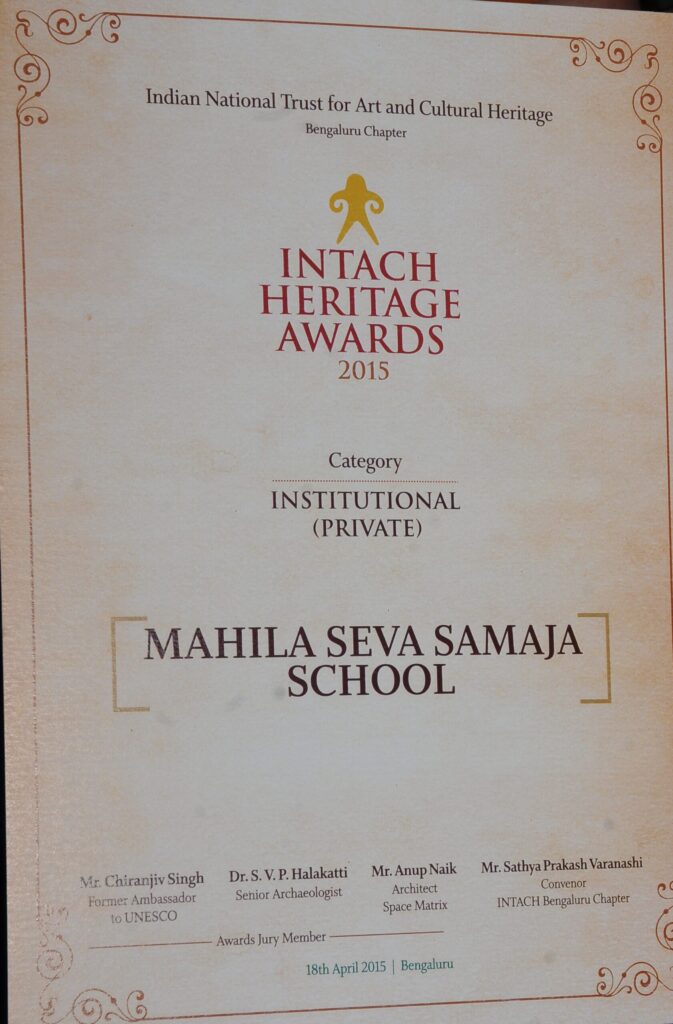
Intach Award in the year 2015- 2016.
The INTACH Heritage Award 2015 was conferred on the Samaja for keeping its relevance alive even today, with architecture symbolizing a particular period and for its powerful associative value
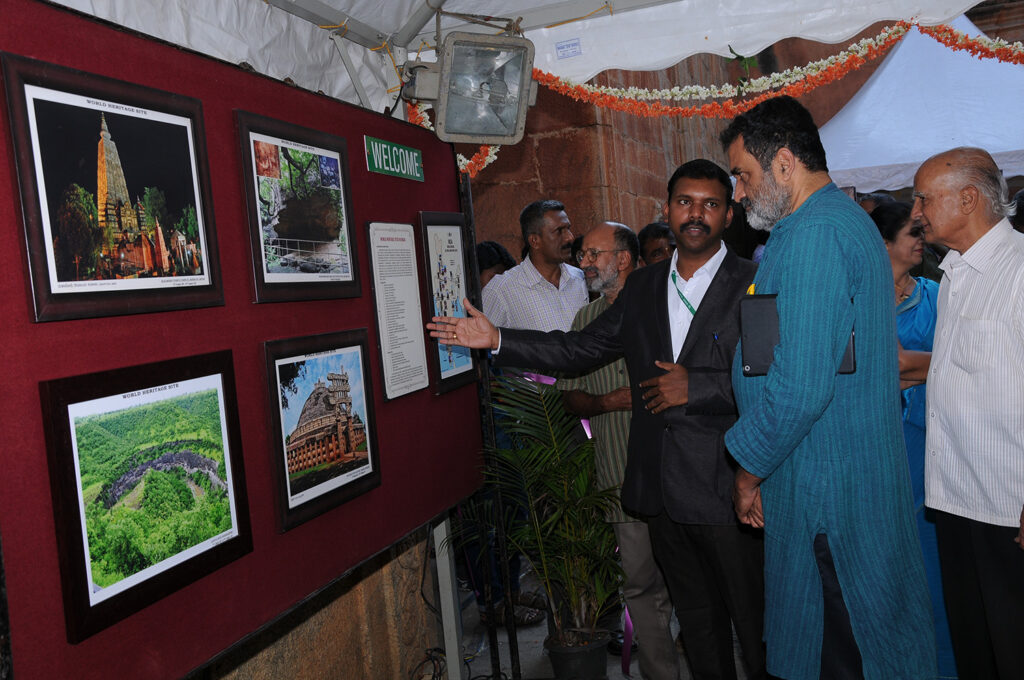
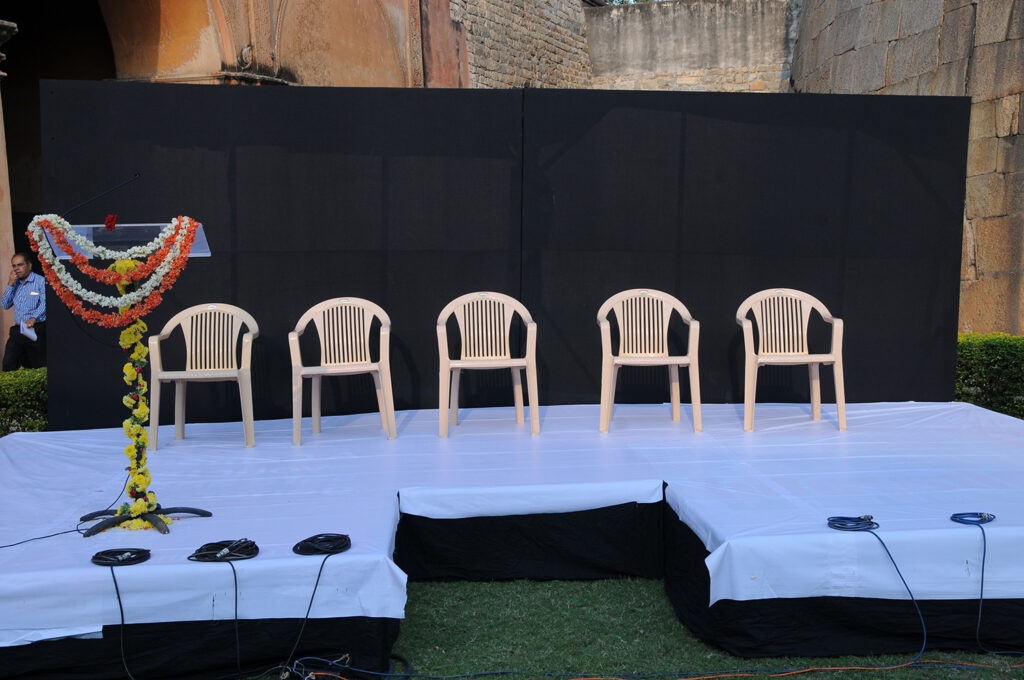
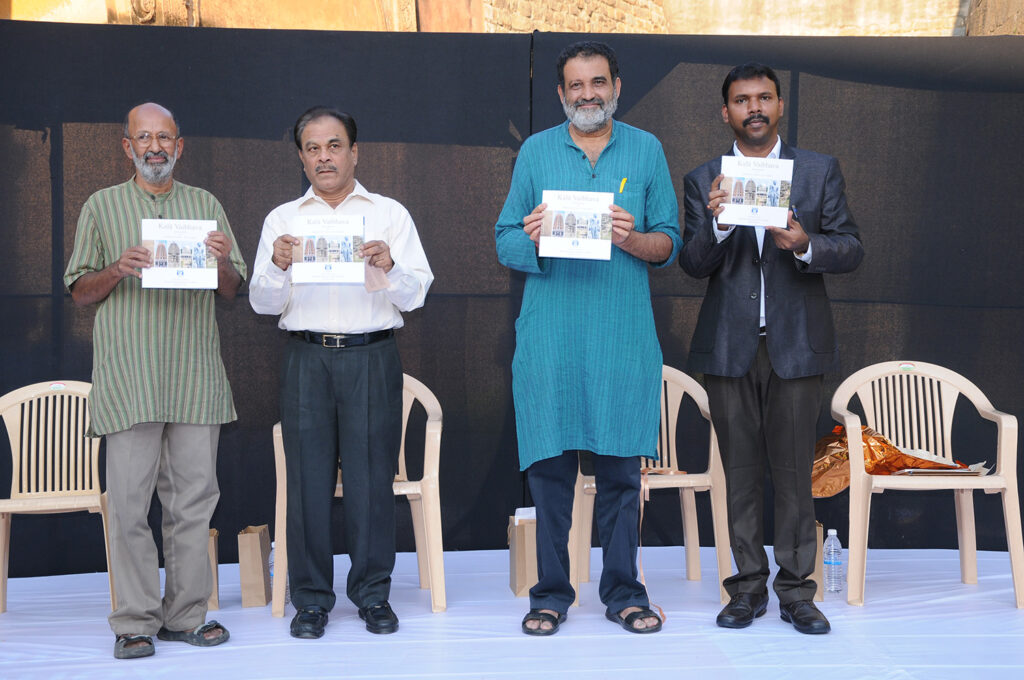
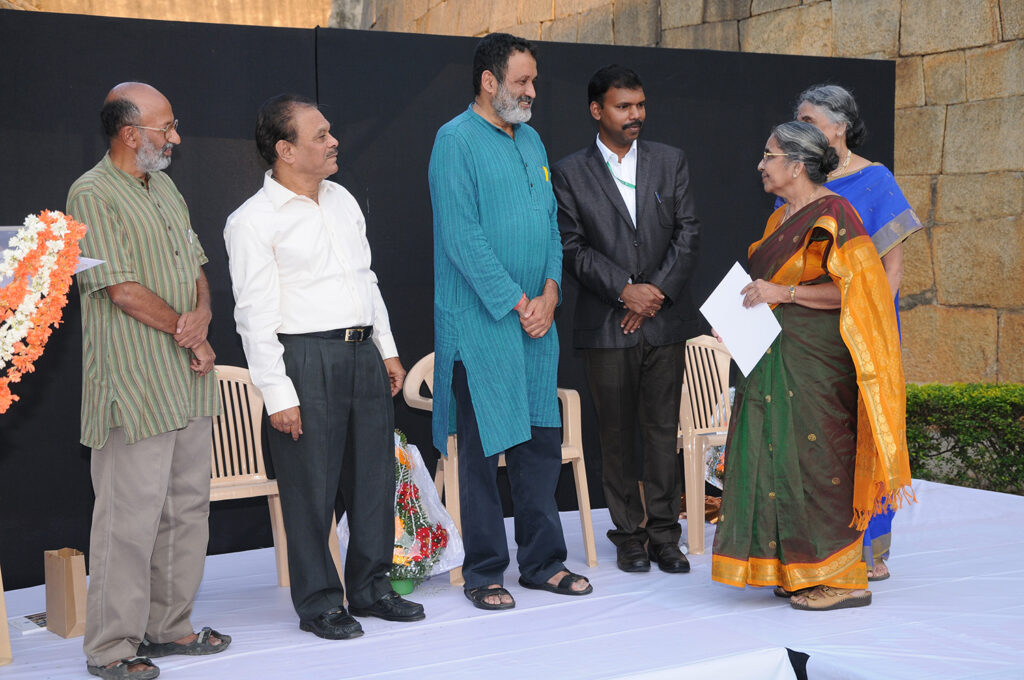


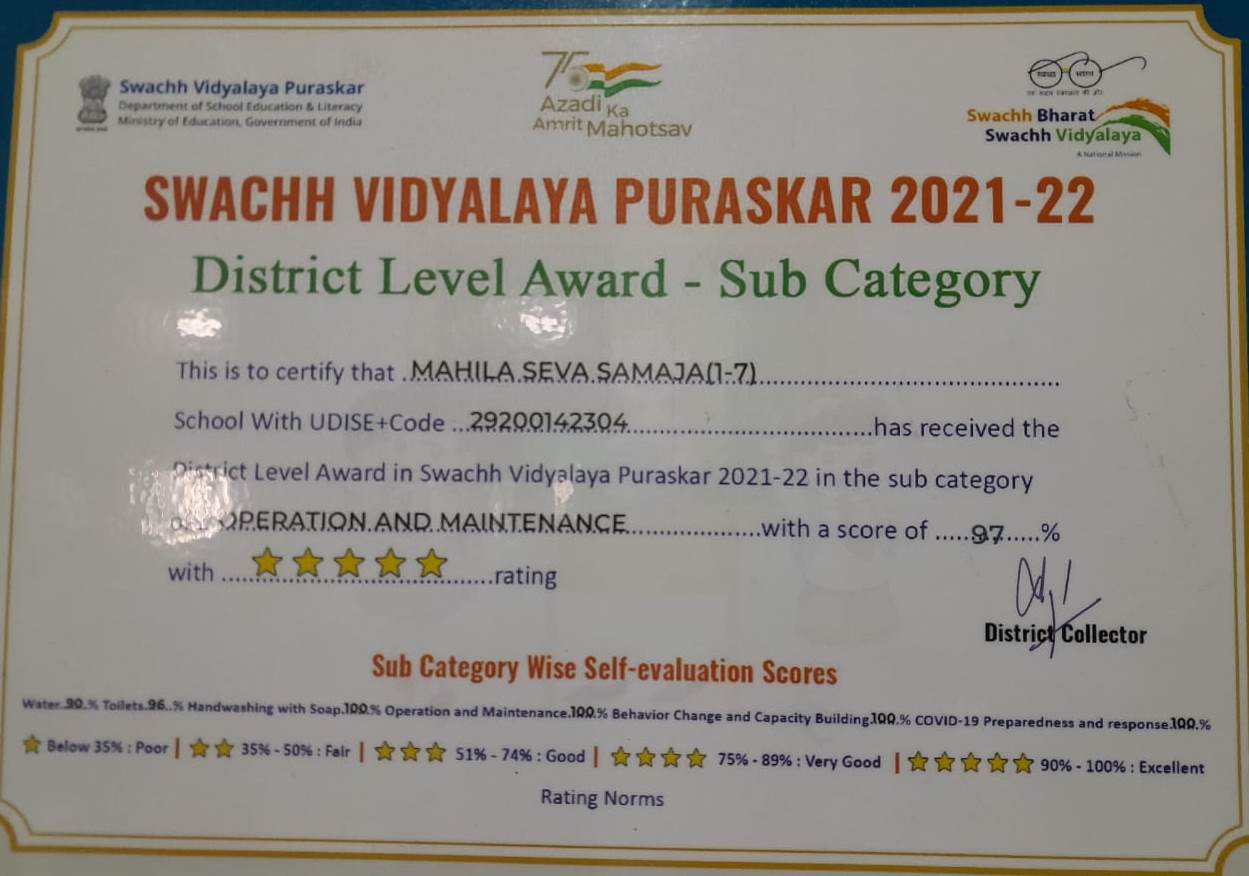
Swachh Bharath Puraskar 2021 - 22
District Level Award - Sub Category
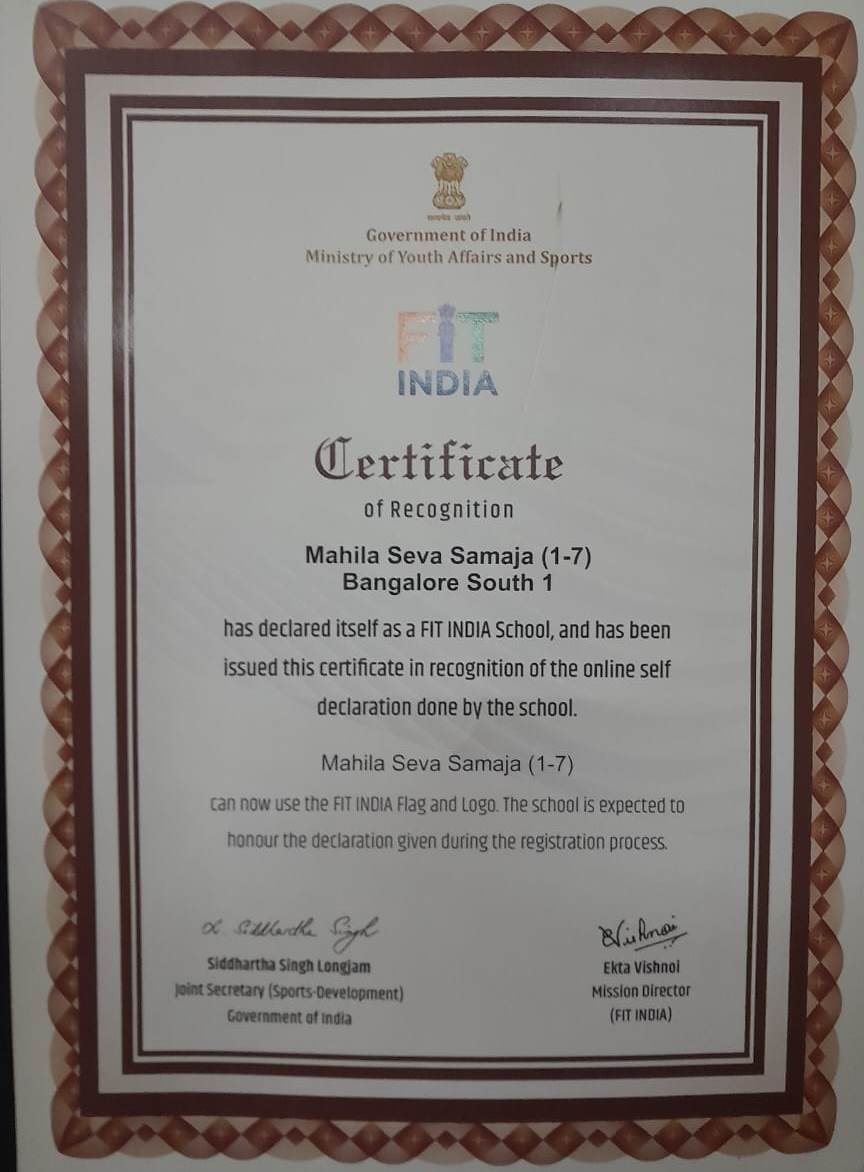
FIT INDIA Certificate
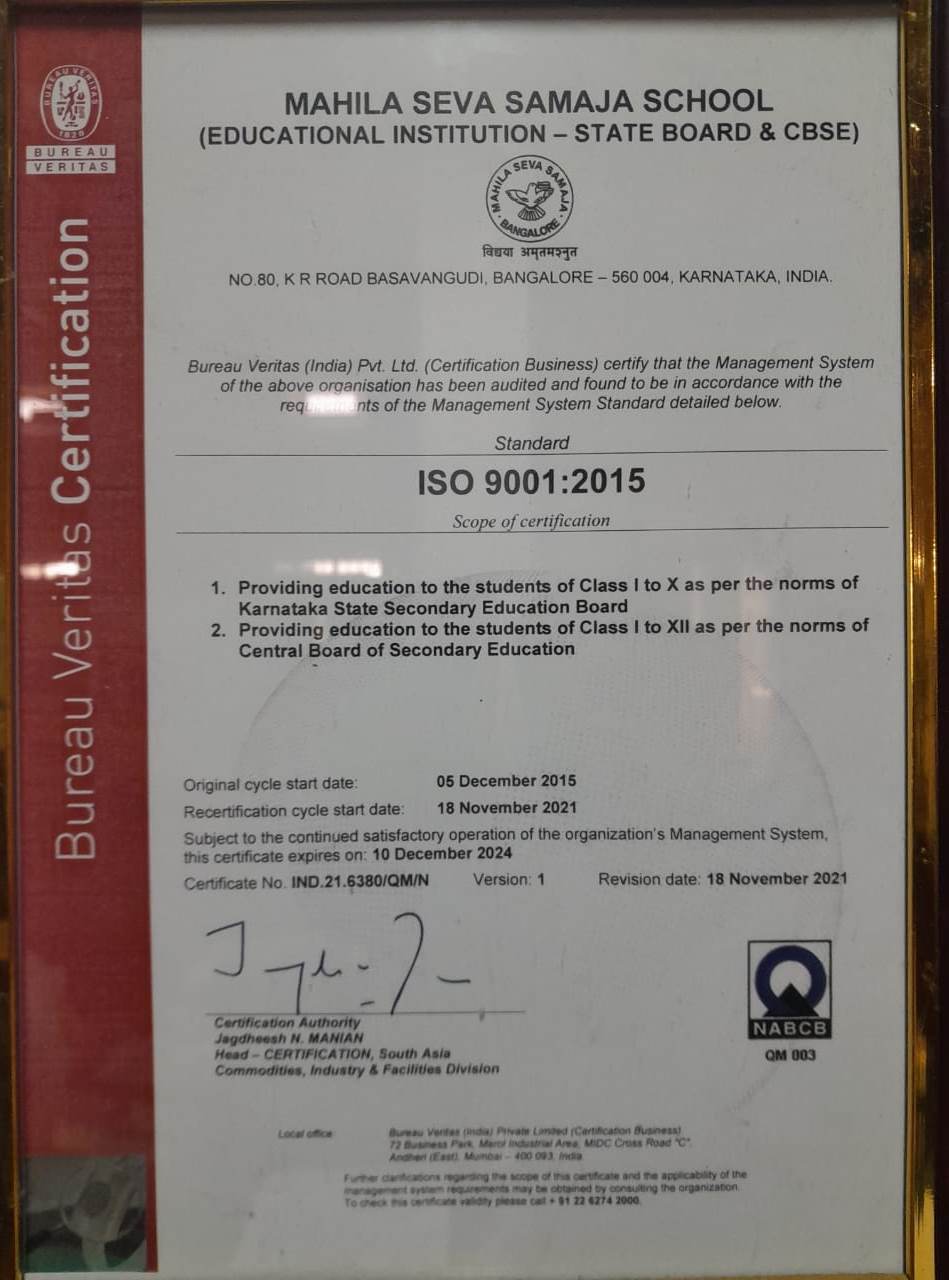
ISO Certificate
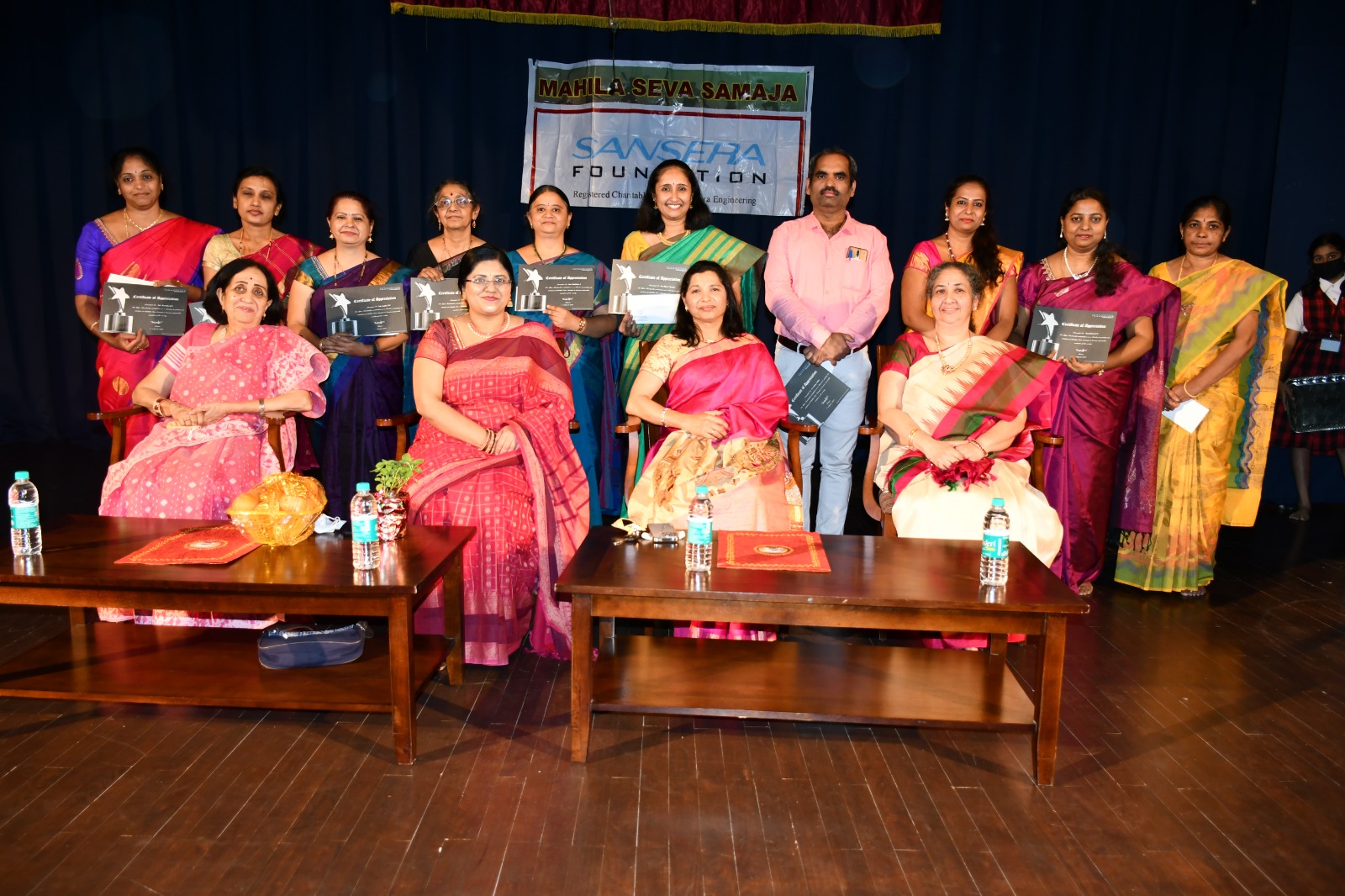
Teachers
Best Teachers awards are given every year, where they go through a grueling appraisal process. They receive cash awards and mementos and certificates sponsored by Sansera foundation. Sansera foundation as part of their CSIR projects.
Students
Rank students of SSLC are given mementoes and cash awards which are sponsored by Sansera Foundation as part of their CSIR projects. Other than this students from class 1 to 9 also have endowment prizes.
Kesar- E- Award
Smt. Parvathiamma has got Kesar- E- Award from British Empire.
Infrastructure
A modern school with modern amenities
Campus and Classrooms
The school is located in one of the oldest areas of Bangalore which has rich cultural heritage. The classrooms are large which high roof and good cross ventilation.
Auditorium
The Samaja we have the AC state of the art Unnati, which can seat 420 people. It has excellent acoustics and a large performance stage with a well equipped green room.
Labs
Our school has well equipped Science and Computer Labs with the state of the art infrastructure.
Library
A library is a treasure trove of information and knowledge for students, Samaja has a huge collection of books ranging from Encyclopedia, Subject books, literature books, Story books, Fiction and non-fiction , Science discoveries. We also have magazines. Children are encouraged to borrow books from the library. Every class has a library period where the students' reading ability is honed.
Security
Our school is covered under CCTV surveillance in all the classrooms and office area with well trained security team is allotted to all the sections in the school.
